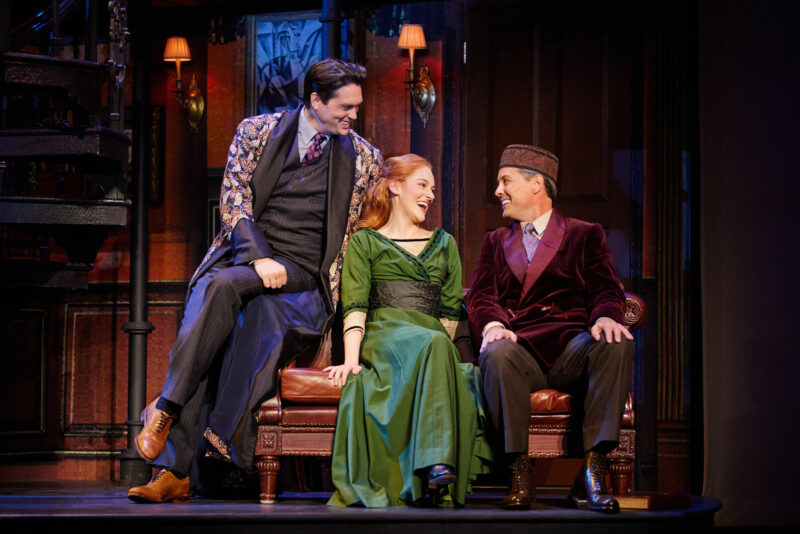SALT LAKE CITY — When I saw this year’s lineup of musicals coming to the Eccles Theatre, I immediately knew I wanted to catch My Fair Lady. The music, the characters, sets, and the costumes (those hats!) are all something special. I was wanting to soak in.
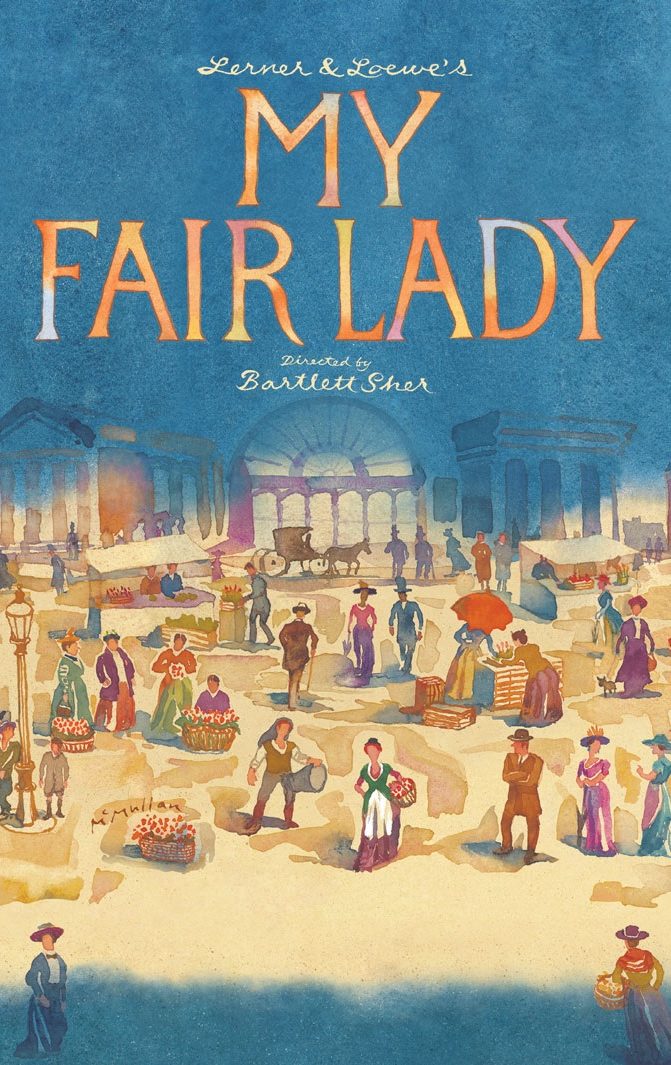
My Fair Lady is a beloved musical based on George Bernard Shaw‘s Pygmalion, with lyrics and a script by Alan Jay Lerner and music by Frederick Loewe. It follows the story of Eliza Doolittle who is a young woman selling flowers of the street. When Professor Higgins, a renowned linguist, hears her uneducated way of speaking he makes a bet with a friend that in less than six months of working with her he could pass her off as a duchess. Eliza, aspiring to become a girl working in a flower shop, later seeks out Professor Higgins to become her teacher. The current national tour was directed by Bartlett Sher at the Lincoln Center, with Samantha Saltzman serving as tour director.
As Eliza, Evan Bertram was everything I hoped for with this role: great comedic timing, beautiful voice, and solid character building. Her delight with her success during the “Rain in Spain” carried over into “I Could Have Danced All Night.” The way Eliza kept trying to go back to studying her lessons — in spite of the female household staff’s attempt to get her to finish for the night — made me feel she was just as much, if not more, in love with her new abilities as Eliza was with Henry. Bertram also brought strength and maturity to Eliza in the conservatory scene near the end. The message about the importance of how one treats another person was very strongly conveyed in this scene.
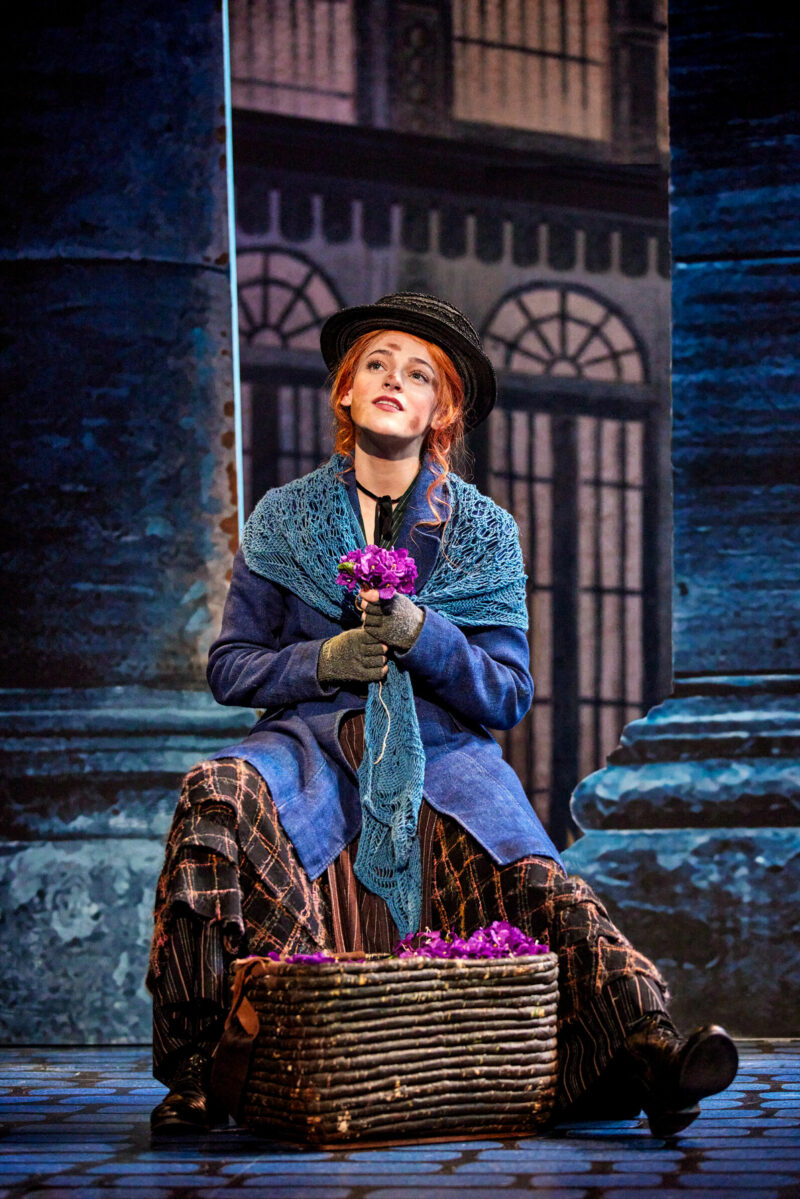
Professor Henry Higgins, played by Jonathan Grunert, was a delightful walking contradiction. He was so proud of his independence and brilliance, and lack of the need to a woman in his life, and yet he called for his mother like a spoiled child. Grunert’s performance of “Why Can’t a Women be More like a Man?” was even more entertaining because of the irony of his behavior in his less tranquil moments. During a heated argument with Eliza he does not deny treating her as less, but admits he would treat a duchess like a flower girl. In Grunert’s performance, Henry Higgins is just unaware of his lack of tack and takes pride in being honest. I loved Grunert’s comedic timing, especially as he could be scene listening outside the conservatory window to his mother and Eliza. Grunert is definitely my favorite Professor Higgins I have seen.
Even knowing the movie and the original musical, the moments of wit it still tickled me. The actors brought new moments of humor to light, such as when Henry Higgins is talking about Mrs. Pearce (played by Maeghin Mueller) walloping Eliza, and Mrs. Pearce looked appalled. The scene in the Mrs. Higgins’s conservatory was one of my favorites. I loved Mrs. Higgins (played by Becky Saunders) and her delight in someone finally getting the best of her son, and how she said she did not know how Eliza ever managed to learn manners with her son around. Michael Hegarty managed to convey just how much his character of Alfred P. Doolittle absolutely abhorred the idea of marriage and any other societal expectations.
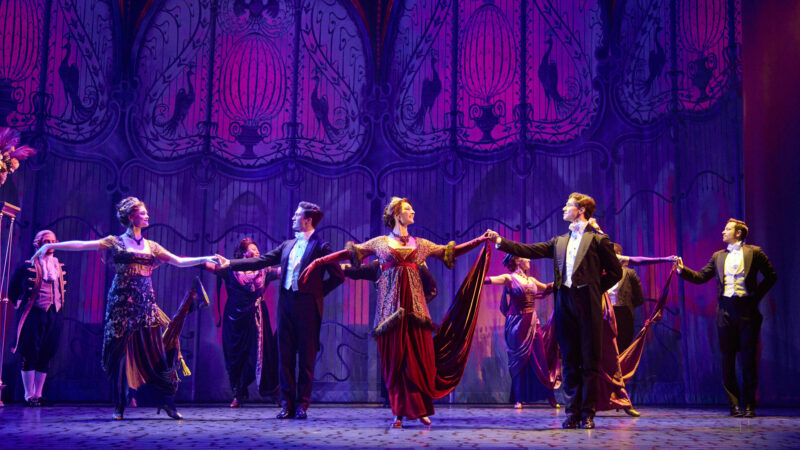
While the majority of the production was absolutely delightful, there were moments that I struggled with. At the Embassy Ball, I would have also liked to see some conversation appearing to take place between Eliza and Professor Zoltan Karpathy (played by Christopher Isolano). As the whole story revolves around Eliza’s use of proper speech and this moment was the big test, I felt she should have at least appeared to be having conversations while dancing. How can Karpathy know supposedly know anything about her from only dancing with her? During the transition from the embassy ball back to Professor Higgins’s study, I was distracted because the study came on stage earlier than seemed necessary. My discomfort with the transition deepened as Eliza put her wrap on with the study so obvious behind her; then shortly after she was in the study by herself, removing her wrap. In a production that is generally not fast-paced, this transition felt rushed.
The celebration party after the ball was excellent at setting up the following scenes where Eliza is angry about the lack of acknowledgment given to her. She truly seemed ignored and left out by all in attendance. I also loved the nod to the previous scene where her father asked for a half crown, and she dropped the coin on purpose. The decision to have Eliza drop the necklace on purpose when giving it to Henry, just as she dropped the half crown she gave to her father in the beginning of the show, was a great way to show her defiant spirit and also the similarities between how both of these men were treating her.
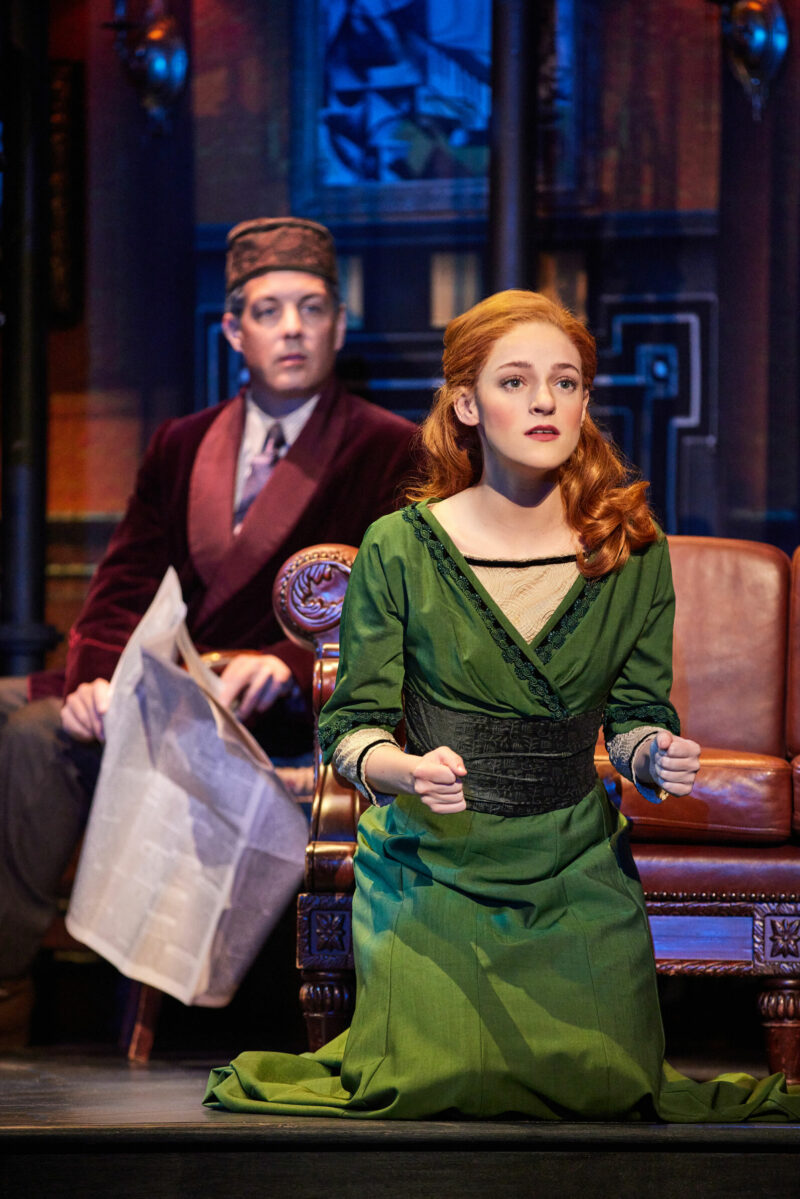
This production has one major difference at the very end. I understand how the new blocking is an attempt to make Eliza a strong, self assured woman, but if the show had ended after the Mrs. Higgins’s conservatory scene, I would have better appreciated her strength. Having Eliza return to Henry Higgins’s home for the final scene seemed unnecessary, and I just wanted that band-aid ripped off, instead of dragging things out for one final scene. I felt that it was like she was a cat playing with the mouse’s corpse, and it brought her down to Henry’s level, where the scene before lifted her higher. I have never been fully satisfied with the ending of My Fair Lady (despite absolutely loving the rest of the show), and even with the new changes I am still not fully satisfied with the ending. Even with the new changes, the ending is still the Achille’s heel of this show.
The technical aspects of this production were truly stunning. The set (design by Michael Yeargan) for the play’s opening scene outside the Royal Opera House was stunning. I loved the perspective and dimension created on the giant columns. The set for Professor Higgins’s study transported me to the 1964 film, with a second story library and spiral iron stair case descending into the study, the rich warm colors in the woodwork, furniture, and even book covers made this a dream library where I just wanted to curl up and read a book. The conservatory was airy and light. Lighting design by Donald Holder, complemented each set and was a highlight during “Get Me to the Church on Time.” The costumes, designed by Catherine Zuber, were beautiful for the ball, but the hats for the horse race were glorious. I loved that there were aspects of both the set and costume design that echoed the 1964 movie, such as Eliza’s ball gown.
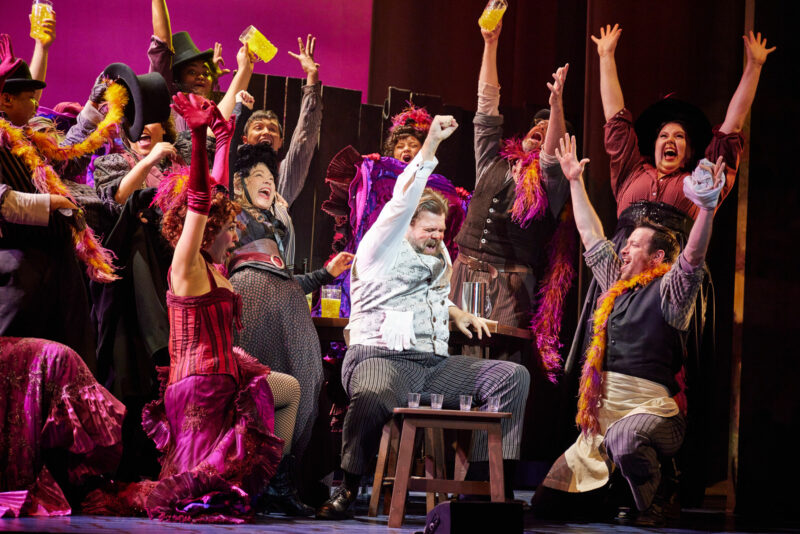
This three-hour production of My Fair Lady was worth every minute of my time. Although, there were some changes that are unsatisfying, I enjoyed seeing new perspectives and takes on this beloved classic. I would gladly attend this production of My Fair Lady again.
[box]The national tour of My Fair Lady plays Tuesdays through Thursdays at 7:30 PM, Fridays at 8 PM, and Saturdays at 2 PM and 8 PM through November 18 at The George S. and Dolores Doré Eccles Theater (131 South Main Street, Salt Lake City). Tickets are $69-159. For more information, visit saltlakecity.broadway.com.[/box]

